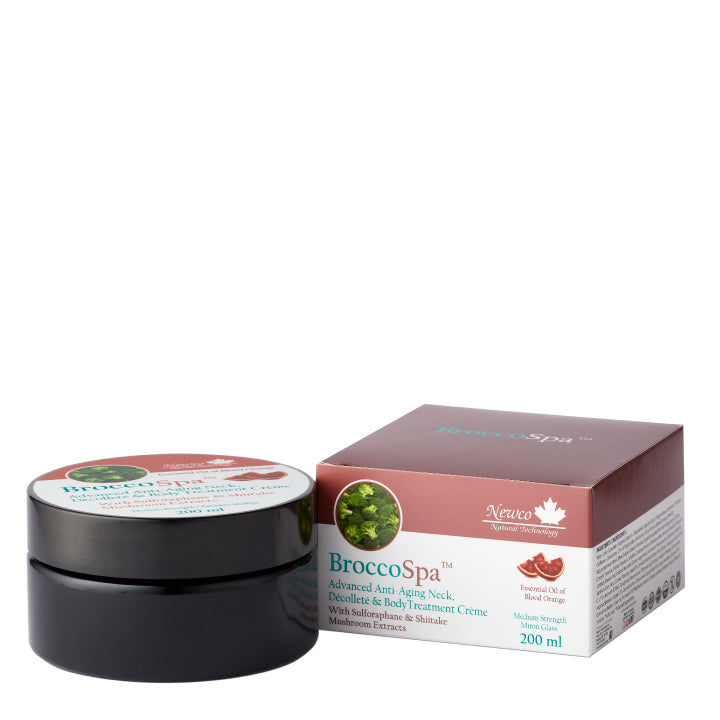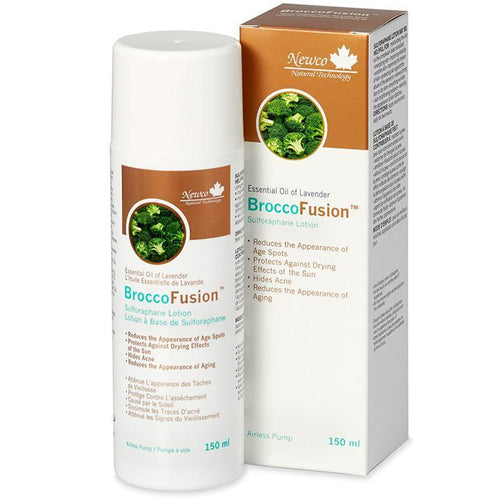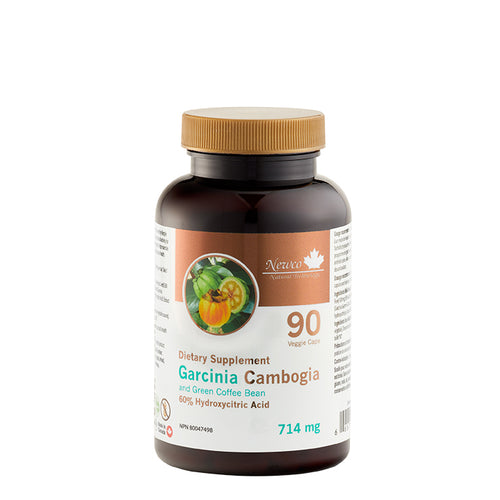If you’re like most women, it’s no secret you want to lose fat and build muscle. In addition to proper training and nutrition, you also may want to consider adding supplements to your regimen.
One of the ingredients common to many is caffeine or caffeine-like derivatives, and while effective for boosting metabolic rate and enhancing performance, it also can have an unpleasant effect on some women. The good news is, even if you hate caffeine, you can still give your diet a boost. Several nonstimulating ingredients can go a long way toward throwing your fat stores on the furnace.
One last word on fat-loss supplements: Proper training and nutrition are the pillars of your program. Only when these factors are in sync should you begin to investigate various dietary supplements and ingredients to further accelerate your fat-loss progress.
1. Raspberry Ketone
Raspberry ketone has gained more popularity thanks to various media sources and continued published science. Before a few years ago, initial fat-cell cultures and animal studies were the only outlets that provided the limited insight into this ingredient. The main mechanism of raspberry ketone and fat burning is by increasing various enzymes and adipokines associated with fat loss. A study published in 2013 in the International Society of Sports Nutrition was the first human study completed that as a part of a multi-ingredient product, raspberry ketone contributed to improvements in lean mass and fat mass, waist and hip ratio, and energy levels. Although the results are promising and there is currently a lack of human data for this ingredient, it certainly makes raspberry ketone an appealing strategy for fat loss.
2. Forskolin
Forskolin is produced by the Indian Coleus plant (Coleus forskohlii), and has been studied in research to alter cell metabolism. Although human studies are currently limited, it does point to positive outcomes. A study published in Obesity had 30 obese subjects supplement with a forskolin extract or placebo for 12 weeks. The forskolin groups experienced a reduction in body fat of 11.2 percent, while those taking a placebo achieved only a 4 percent improvement. Further, a study conducted from the University of Memphis had college-age women supplement with 500 milligrams a day of forskolin for 12 weeks. Although minor, those consuming it showed greater improvement in body mass, fat mass and fat-free mass compared to the placebo group. Based on the science, forskolin appears to be well-tolerated and has a favorable impact on weight loss and body fat.
3. Red-Hot Chili Peppers
If you love spicy food, specifically hot peppers, here’s a tip: Add them to your next meal. In fact, add them to all your meals. Researchers out of Japan found that women expended more calories when they consumed meals that included red peppers, even high-fat meals. Aside from fresh red chili peppers, try red chili pepper spice. In a study that controlled total calorie intake as well as environmental factors that could influence caloric burning (i.e., additional training or exercise), adults were placed in a sealed room, intended to accurately measure calories burned, for 36 hours. Each participant received one of four different diets: Participants in Group One received an exact number of calories they needed to maintain their weight. Those in Group Two were provided a weight-maintenance diet plus 1.03 grams of McCormick red chili pepper with each meal. Participants in Group Three were given 25 percent fewer calories than what they needed for weight maintenance. Finally, the people in Group Four were given 25 percent fewer calories than they needed for weight maintenance plus 1.03 grams of McCormick red chili pepper, which contained 2.56 milligrams of capsaicin (active component of chili peppers) with every meal (for a total daily dose of 7.68 milligrams of capsaicin).
Here’s what the researchers found: Those who consumed 25 percent fewer calories experienced a decrease in calories burned after eating as well as total calories burned over the course of the 36 hours. That’s not surprising because we know that the body will adjust to a limited caloric intake by decreasing the amount of calories you burn over time. However, the group on the decreased-calorie diet plus red chili pepper didn’t experience a drop in calories burned. Those participants expended just as many calories as the non-dieting groups. Plus, the addition of red chili pepper to the reduced-calorie diet increased the use of fat as a source of energy. So red chili pepper not only nullified the metabolic drop-off that usually occurs when dieting but also helped the body burn more fat.
4. Green Tea

Some studies have systematically explored the effects between green-tea extract and substrate metabolism during training. A 2008 study published in the American Journal of Clinical Nutrition investigated the effects of acute green-tea-extract ingestion (day before and right before exercise with 366 milligrams a day) on substrate metabolism during moderate-intensity exercise in humans. It turns out that fat oxidation rates, during a 30-minute bout of cycling, were significantly higher following green-tea- extract ingestion versus a placebo. In a similar study from the J_ournal of Health Sciences_, subjects consumed 218 milligrams a day during a three-month exercise training period and enjoyed a 24 percent increase in fat oxidation rates during exercise than those who took a placebo. (No effect was seen in a lower dose of 70 milligrams a day over three weeks.) These findings suggest that higher doses of green-tea extract may have a favorable effect to enhancing fat oxidation during exercise.
5. Conjugated Linoleic Acid
Conjugated linoleic acid, better known as CLA, is a naturally occurring assortment of fatty acids that are highly prevalent in a variety of foods, including meats from ruminant animals (specifically grass-fed animals), high-quality butter, cheeses and white mushrooms. It has gained a lot of attention in recent years because of its potential for initiating fat loss. A study published in the British Journal of Nutrition in March 2007 found that people who took 3.4 grams of CLA for six months lost more body fat than those who took a placebo. Women and extremely overweight subjects lost more body fat than men or those who were a healthy weight. Another study in the Journal of Internal Medicine Research said that CLA reduced body fat in healthy exercising humans of normal bodyweight. Among the research reported was a study published in The Journal of Nutrition, which found that CLA reduced body fat and preserved muscle tissue in overweight or obese people who did not change their diet. According to the scientists, individuals in the CLA group lost 6 more pounds of body fat, on average, compared to those in the placebo group. However, not all studies show fat-loss benefits from taking CLA. For example, a study published in the European Journal of Clinical Nutrition in 2003 found that although CLA supplementation helped increase feelings of fullness, it didn’t result in participants eating less or losing any weight. While clinical fat-loss studies with CLA have seen some mixed results, the health benefits of this supplement (fights cancer and heart disease, improves insulin sensitivity) make it worth exploring.
Written by Jonathan Mike, PhD (c) CSCS, NSCA-CPT, USAW for Oxygen Magazine and legally licensed through the Matcha publisher network. Please direct all licensing questions to legal@getmatcha.com.





